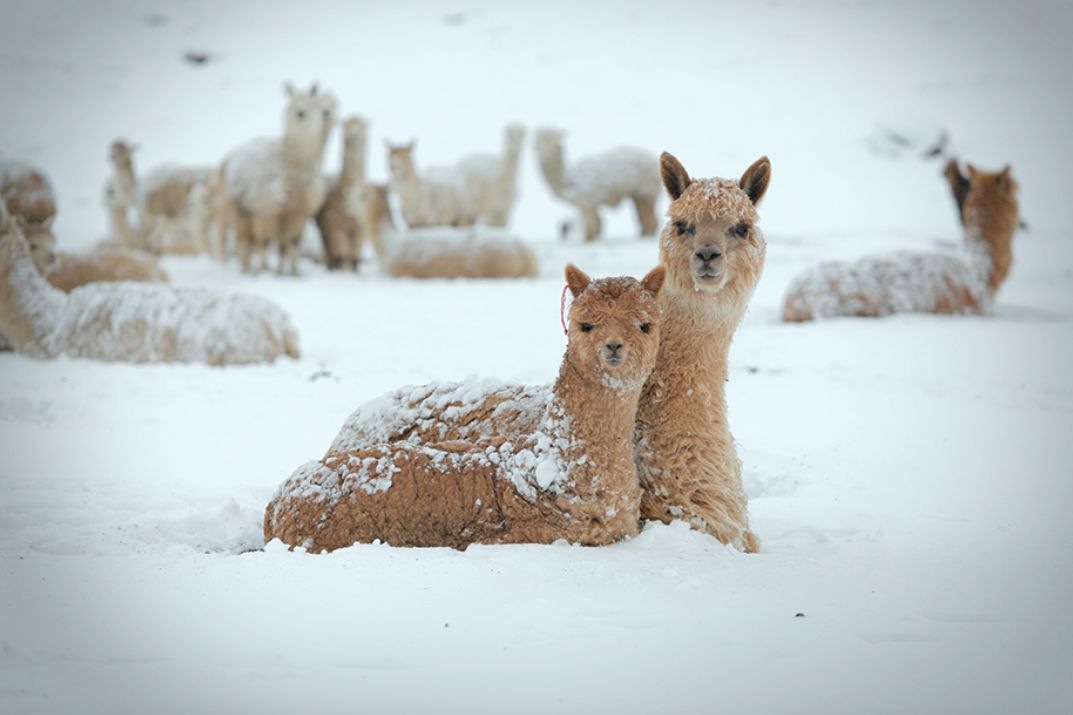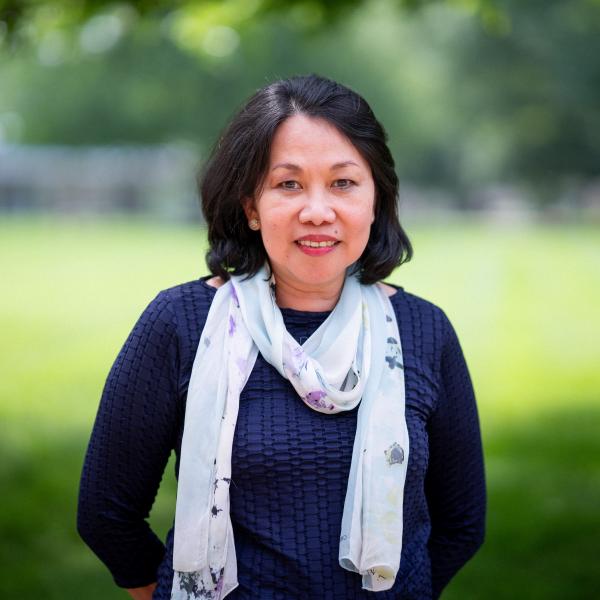On issues including environmental justice, biodiversity, and climate change, researchers across Arts & Sciences are doing the work of Earth Month all year long.
April is internationally recognized as Earth Month, leading up to Earth Day on Friday, April 22. Each year around this time, individuals and organizations large and small are called on to invest time, energy, and other resources in the long-term health of the planet.
Here at Washington University, Earth Month is celebrated in a variety of ways – including lectures and film screenings, recycling and clean-up events, and more – but the efforts of some Arts & Sciences researchers extend well beyond the bounds of April. When it comes to issues like environmental justice, biodiversity, climate change, sustainability, and human health and the environment, faculty across Arts & Sciences are doing the work of Earth Month every month.
Explore a selection of just a few of the many areas where Arts & Sciences researchers are working on questions related to the environment:
Climate and bioarchaeology in the Andes

Sarah Baitzel, assistant professor of archaeology, focuses on how humans in ancient complex societies shaped their lives through interactions with their surrounding environments. Bronwen Konecky, assistant professor of Earth and planetary sciences, investigates climate, water, and ecosystem variations in Earth’s tropical regions. Together, Konecky and Baitzel are reconstructing past climate and cultural shifts in the Peruvian Andes, which are currently warming faster than the rest of the globe.
Labor rights and environmental justice in global production networks
Timothy Bartley, professor of sociology, focuses on inequality and accountability in global production networks, particularly issues related to labor rights and environmental justice. Bartley’s 2018 book, Rules without Rights: Land, Labor, and Private Authority in the Global Economy, examines standards for decent work and sustainable development through a cross-national comparison of social movements, markets, and the state in China and Indonesia.
Global isotope geochemistry
David Fike studies how global biogeochemical cycles function and evolve over Earth history and how these cycles impact biological evolution, ecosystem dynamics, and environmental change. As director of the Environmental Studies program, professor of Earth and planetary sciences, and director the International Center for Energy, Environment, and Sustainability (InCEES), Fike also works with students to prepare them to tackle climate change and make real impact in their communities.
Environmental conditions and infectious disease
Theresa Gildner, assistant professor of biological anthropology, studies biocultural health determinants with a focus on how lifestyle variation and environmental conditions influence infectious disease risk, especially parasitic disease. Gildner’s recent research on parasitic infection in the mid-1800s indicates that it was likely more widespread than previously thought – affecting rich and poor, urban and rural environments. Such diseases continue to be a global health crisis today.

Behavioral and evolutionary ecology
Jonathan Losos, the William H. Danforth Distinguished University Professor, is an internationally renowned scholar of evolutionary biology, focusing primarily on the behavioral and evolutionary ecology of lizards and the study of evolutionary adaptation of wild species to urban habitats. As director of the Living Earth Collaborative, Losos works in partnership with the Missouri Botanical Garden and the St. Louis Zoo on advancing biodiversity and ensuring the future of Earth’s species.
Environmental racism and environmental justice
Robin McDowell, assistant professor of African and African American studies, explores historical dimensions of environmental racism and visions for environmental justice for Black communities. McDowell’s recent work on Black resistance in southeastern Louisiana examines the racial, environmental, and economic conditions that continue to shape Black life in America.
Biodiversity in the Ozarks
Jonathan Myers, associate professor of biology, studies the causes of biodiversity at multiple scales. With the Species-Pool, Fire, and Diversity (SPFD) project, Myers conducts controlled burns at Tyson Research Center to investigate the impact fire has on the region’s biodiversity by comparing levels of resilience, growth, and regrowth in burned and unburned sections of forest.

Environmental and socio-cultural history
Nancy Reynolds, associate professor of history, of women, gender, and sexuality studies, and of Jewish, Islamic, and Middle Eastern studies, is an environmental and social-cultural historian of 20th-century Egypt. Reynolds’ current research on Egyptian-Soviet engineering and the Aswan High Dam finds her at the intersection of environmental science, history, literature, geology, urban studies, and ecology.
Nanoscale photocatalysts for solar energy
Bryce Sadtler, assistant professor of chemistry, studies chemical transformations in inorganic nanostructures with potential applications in sustainable technologies, including solar cells and light-emitting diodes. Sadtler’s recent InCEES-funded research on nanoscale photocatalysts – man-made particles that harvest energy from sunlight to produce liquid fuels and other useful chemicals – provides a path toward designing photocatalysts with enhanced activity for sunlight-to-fuel conversion.





